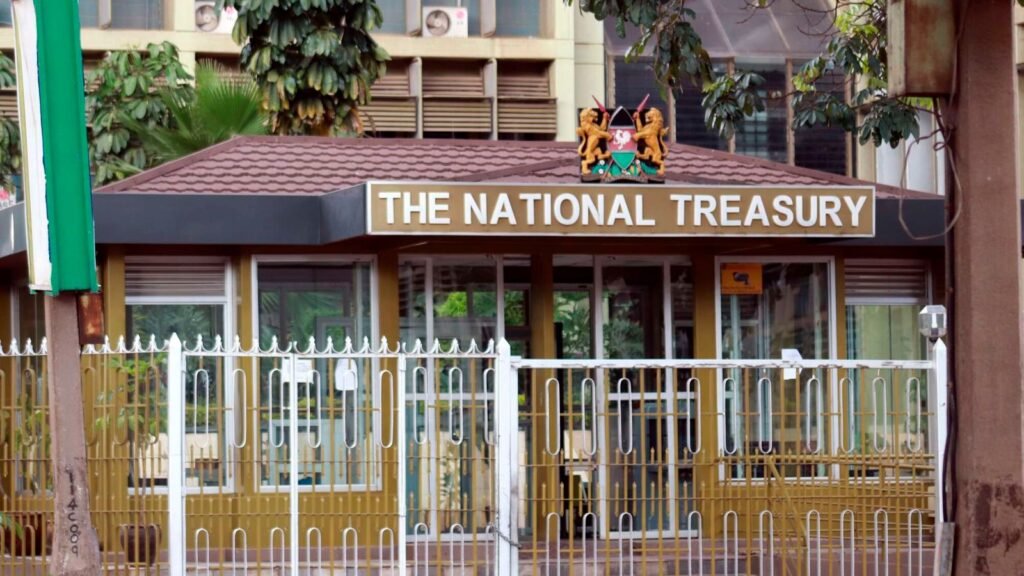The National Assembly’s Budget and Appropriations Committee (BAC) has approved the government’s ambitious Sh4.24 trillion spending plan for the 2025/26 financial year.
However, the approval comes with significant concerns over revenue targets, unsustainable debt levels, and critical underfunding in key economic sectors.
The committee, after reviewing submissions from other parliamentary committees and the public, formally approved the budget estimates on Wednesday. While endorsing the overall expenditure framework, the BAC report tabled in Parliament delivered a stark critique of the National Treasury’s approach.
One of the key concerns highlighted was the underfunding of critical sectors. The BAC found that the Treasury “has underfunded or failed to allocate funds” in areas deemed vital for achieving national development goals and stimulating economic growth. The specific sectors were not detailed in the initial report summary, but the implication points toward potential shortfalls in infrastructure, social services, or economic enablers.
Another issue was the overly ambitious tax targets. The budget relies heavily on projected revenues of Sh3.328 trillion, primarily from taxes (Sh2.76 trillion) and ministerial levies/charges.
The BAC expressed deep scepticism about the Kenya Revenue Authority’s (KRA) ability to meet this Sh2.76 trillion tax target, citing a consistent history of revenue shortfalls. For instance, total revenues fell short as recently as April 2025. Missing these targets would force the government toward more borrowing.
Additionally, the mounting debt burden raised alarm among MPs over “high debt servicing obligations that point to unsustainable debt levels.” Servicing existing debt consumes a significant portion of revenue, limiting funds available for development and essential services. The committee is “wary of further borrowing.”
Also concerning is the potential crowding out of the private sector. The plan to borrow Sh876 billion next year — a mix of domestic and foreign loans — includes substantial domestic borrowing. The BAC warned this could “crowd out businesses and households” by absorbing local capital and potentially driving up interest rates.
Finally, the committee flagged persistently low development spending. Despite the massive total budget, the BAC noted “low spending on development projects,” which hinders long-term economic progress.
Comprehensive Budget Breakdown:
-
Total budget: Sh4.24 trillion
-
Expected revenue: Sh3.328 trillion
-
Ordinary revenue (primarily taxes): Sh2.76 trillion
-
Ministerial appropriations-in-aid (levies/fees): Balance to Sh3.328 trillion
-
-
Budget deficit: Sh912 billion (Sh4.24T – Sh3.328T)
-
Deficit financing: Sh876 billion (planned borrowing: mix of domestic and foreign loans)
-
Key allocations mentioned:
-
Transfers to county governments: Sh416.5 billion
-
Consolidated Fund Services: Sh1.721 trillion (includes debt servicing)
-
The BAC acknowledged that the government faces a “complex challenge” in trying to balance fiscal consolidation (reducing deficits and debt growth) with the need to fund supportive policies across critical economic sectors such as agriculture, manufacturing, and services.
The report noted that resilient diaspora remittances and growth in exports—especially in agriculture and services—are positive factors expected to support foreign exchange reserves.
The approved estimates and the critical BAC report now move to the full National Assembly for debate and final approval of the Budget Policy Statement and, ultimately, the Appropriations Bill.
The intense scrutiny from the budget committee sets the stage for robust parliamentary discussions focused on revenue realism, debt sustainability, and the adequacy of funding for growth-critical areas. The government will need to convincingly address these concerns to secure smooth passage of its spending plans.
— By Nusurah Nuhu


